I’ve been meaning to write about the Supreme Court’s recent decisions and their repercussions. But in all honesty, I’m still feeling too drained emotionally, so let’s take a look at some travel pictures instead.
Last week I talked about the research I did at the Walker Art Center archives. As exciting and as important as that work was though, it wasn’t all that I did while I was there. Let’s take a look at the other things I did during my time in Minneapolis.
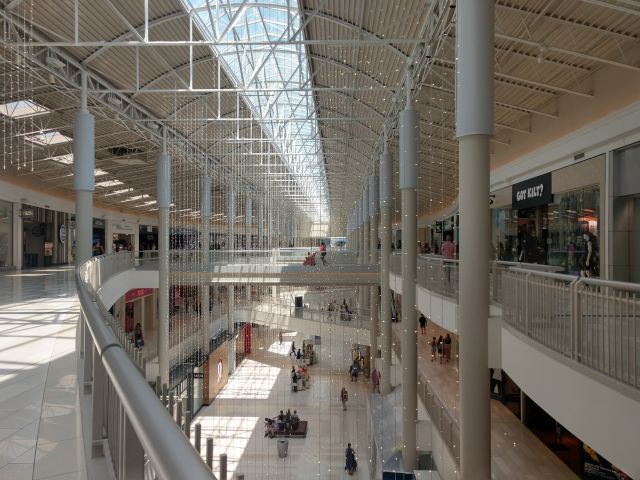
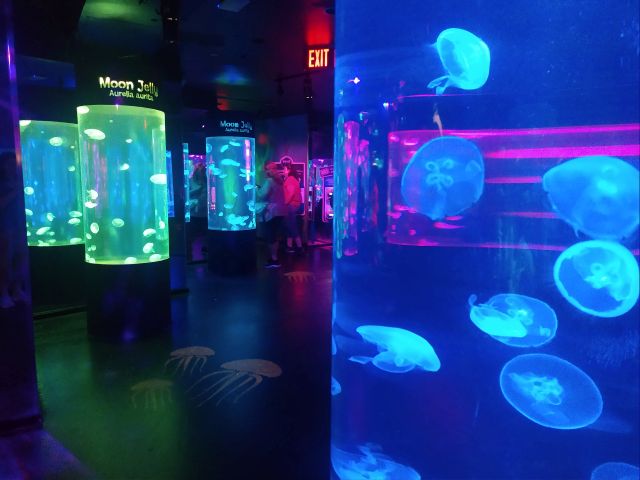
I arrived on Tuesday morning, but since my hotel wouldn’t be ready until late afternoon, I needed something to do in the interim. Normally I’d just walk around outside, but with temperatures in the 90s that day, I needed something to do indoors. When I noticed that the light rail from the airport led to the Mall of America, I decided to go out there on a whim. It’s not the kind of place I’d normally visit, shopping isn’t my favorite pastime, but they had lockers for my bags, air conditioning, and access to food, so I decided I could tolerate a few hours at this shrine to American consumerism.
Aesthetically, it reminded me of amusement parks like Universal Studios (hell, there even is an amusement park in it), but with more emphasis on shopping. A lot of store brands I recognized, but there were also plenty I didn’t know. For those more interested in experiential rather than object-based consumption, there were also plenty of recreational activities available for the cost of an admission ticket. There were entire laser tag arenas, miniature golf courses, a funhouse mirror place of sorts, in addition to the amusement park. I actually ended up spending a good deal of time in the mall’s aquarium on the lower level.
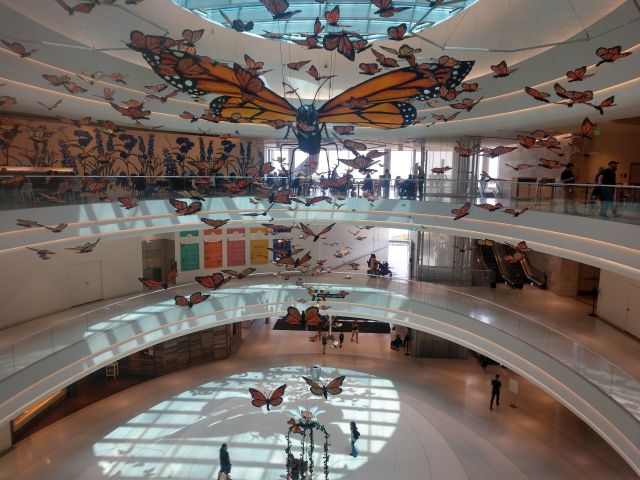
There were even some entertainments that didn’t demand my money. The people-watching was certainly top-notch, and based on the number of folks I saw in athletic gear, walking the mall remains a popular means of exercise. There was a public art piece in the form of a massive butterfly-themed installation as well, which, not surprisingly, got me thinking about art access and how your choice of site, whether it’s a school, a mall, or an airport, affects which audiences get to see it. So all in all, it ended up not being a bad way to spend a few hours.
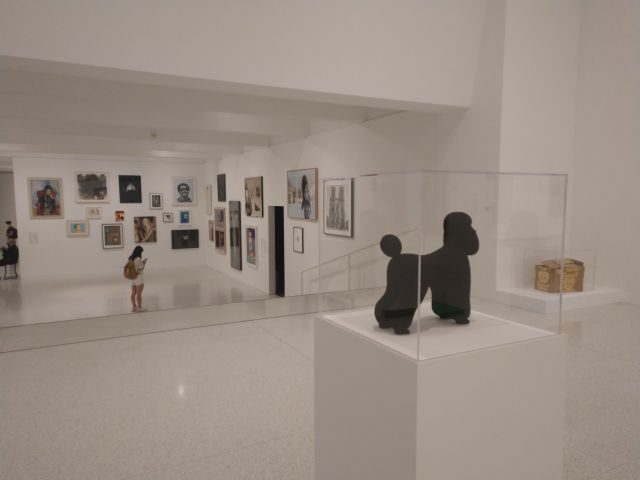
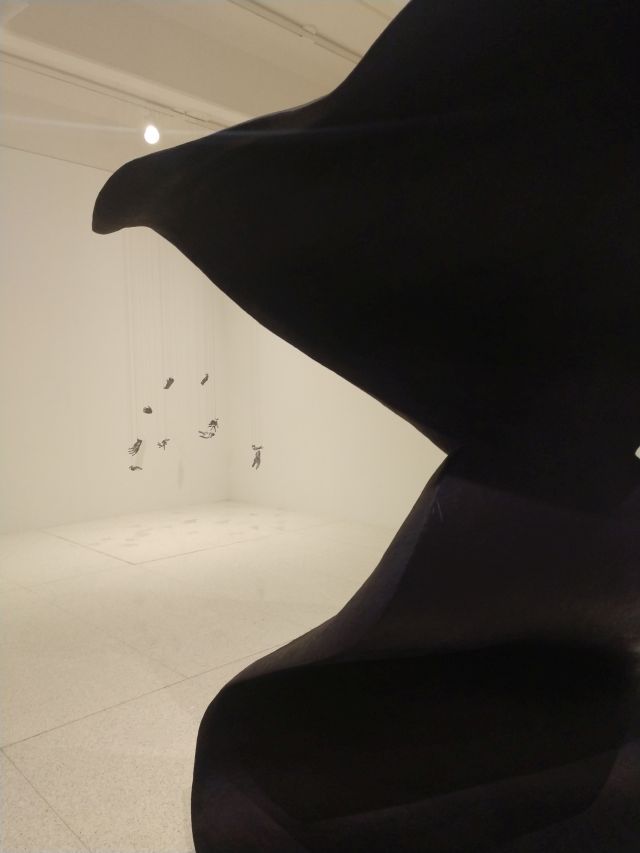


Not surprisingly, once I got into the city, I ended up spending a lot of my time in the Walker Art Center vicinity. In addition to the main building itself, there’s an extensive sculpture garden, where I spent an early morning walking around the various installations. Walking from my hotel to the art center also meant that I got to spend time just walking around the city itself. Since the Walker Art Center is open until nine on Thursdays, I spent my evening after wrapping up my archival work walking through the different galleries, checking out both the permanent collection and temporary exhibitions. I especially enjoyed the Liz Larner retrospective, Don’t put it back like it was, and the Five Ways In show offered an effective overview of the permanent collection. Aesthetically, the Walker’s white cube approach isn’t my personal favorite, but it works for their holdings.

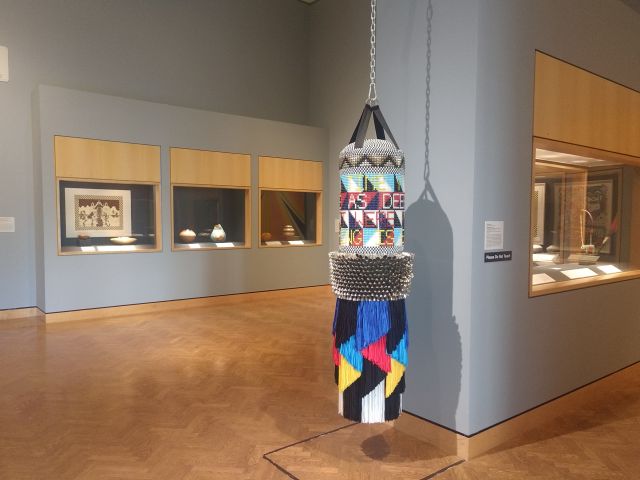
I also made a point of visiting the Minneapolis Institute of Art. I knew it was a large museum, but I underestimated the scale and scope of its collection. They’re also doing some interesting interpretive work with their label text. For some pieces, the curator will write a retrospective assessment on their original label by explaining what they were trying to emphasize, whether they succeeded or not, and how they would approach it now. As a curator, it’s an interesting intervention because it reminds us all that museum work, from research to writing to community relations, is an ongoing, imperfect act, and I appreciated seeing the staff take the opportunity to reflect on their previous efforts.
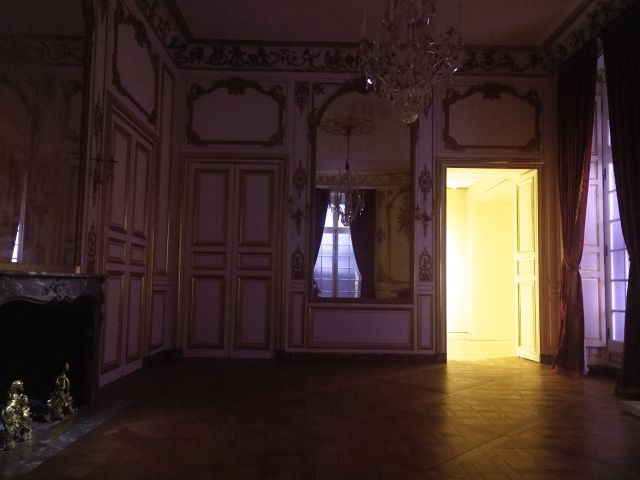
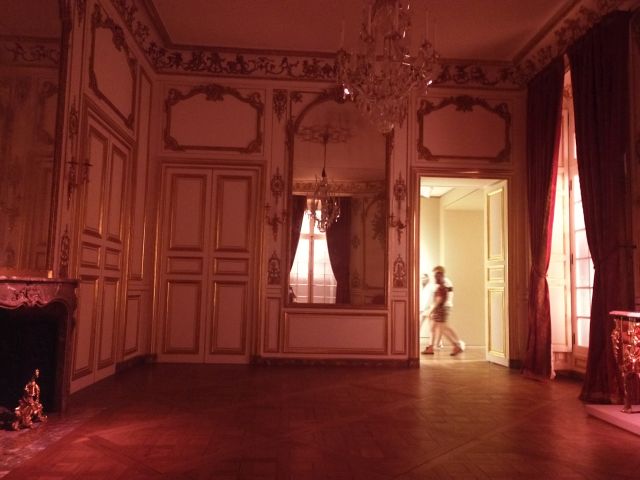
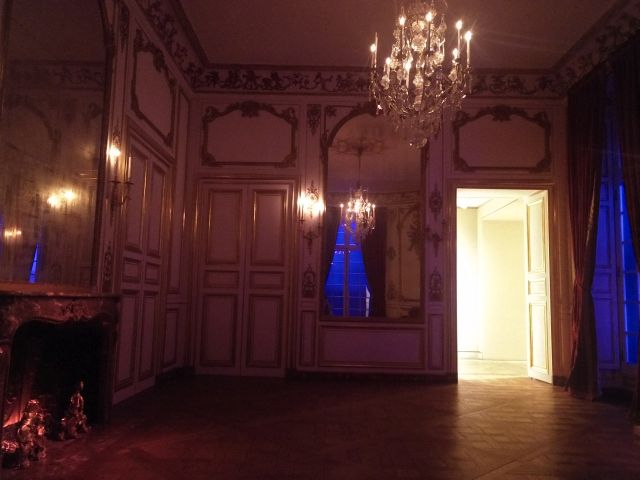

I also appreciated the experimental approach MIA has been taking with its period rooms. Rather than present the spaces as timeless, empty spaces, they’ve been reanimating them through the addition of mutable sound and light conditions, reminding viewers that these spaces were meant to be lived and used rather than looked at. I ended up spending quite a bit of time in the 18th-century French parlor, where a seven-minute light and soundscape took viewers through the course of a day at the house, from the cooing of mourning doves at dawn, to the laughter and conversation of the late-night cardgames in vogue at the time. As the sounds of the days’ activities changed, so did the light, with the room turning gray, gold, and even pink depending on the time of day being represented. Far from being static, the experience presented the space as highly mutable, with the room, despite being devoid of other people, never looking exactly the same at any given moment. The whole experience reminded me of an afternoon I spent at the Dennis Severs’ House in London, an installation where visitors walk through an eighteenth-century townhouse animated through sound, objects, and other interventions. I don’t know how long these installations will remain in place, but if nothing else it shows the museum’s interest in trying new things when it comes to their collection.
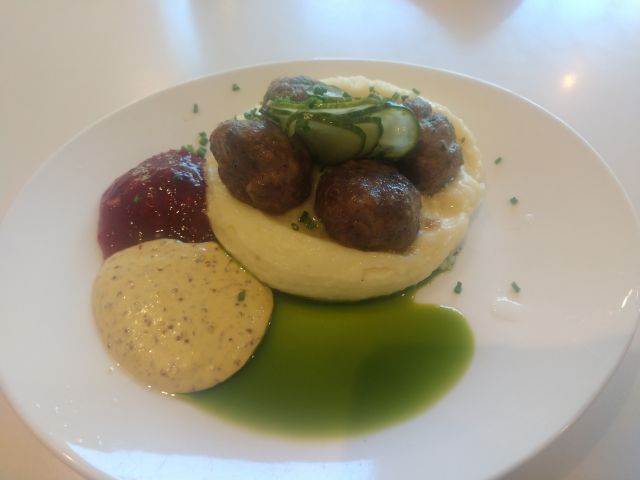
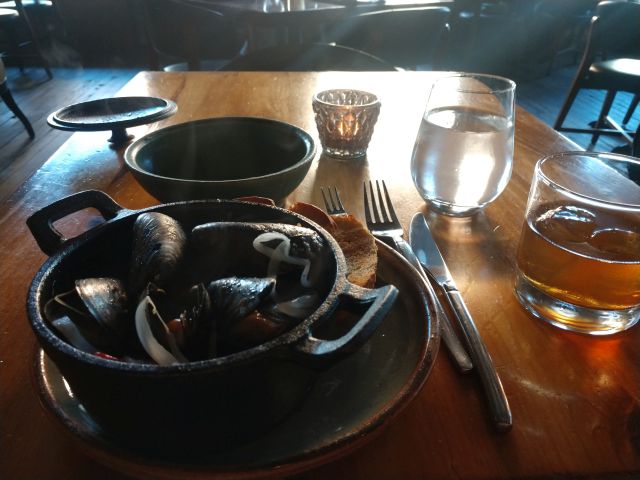

And of course, there was time for food. On my first evening there I tried walleye, apparently a staple of the Minnesota area. Before heading over to MIA I had Swedish meatballs at the American Swedish Institute, because I figured why not. For dinner that same evening, I had mussels with lingonberry mousse for dessert. I already enjoy a great food scene here in the Williamsburg/Richmond area, but I appreciated getting to sample some of the regional specialties in the Minneapolis area, brief and limited though my time there was.
Overall then, it was a great trip, both in terms of the research I accomplished there and the things I was able to do in my downtime. That said, after five trips in two months, I’m ready to hang up my travel bag for a while and stay at home. Given the uptick in cases and the nightmarish hellscape that has become flying, the end of my spring travels couldn’t have come sooner.